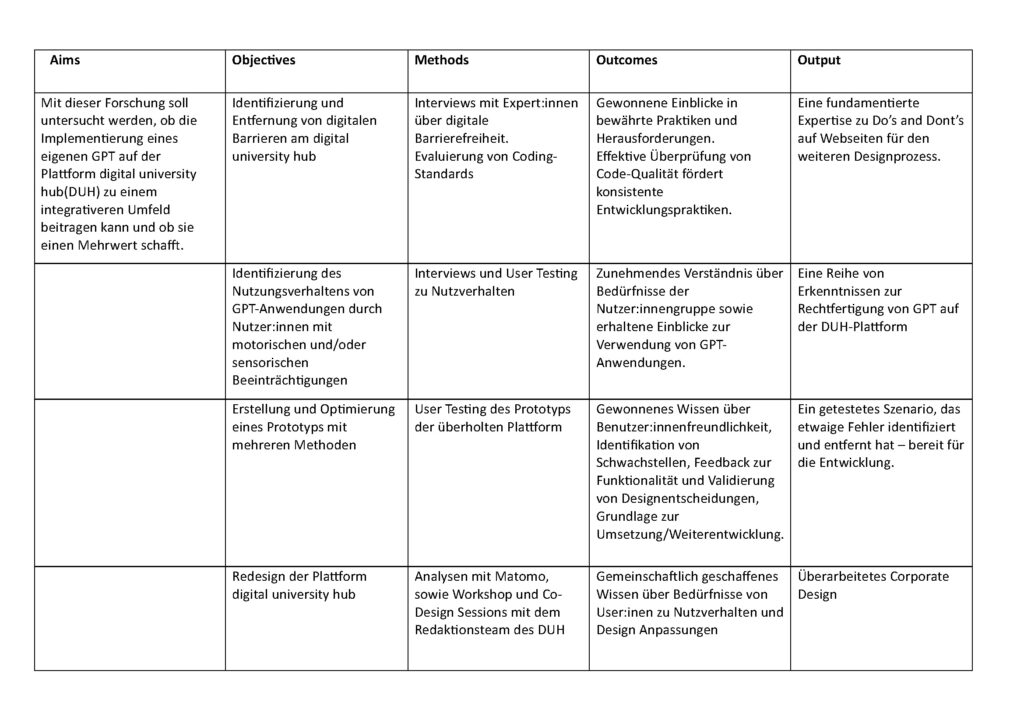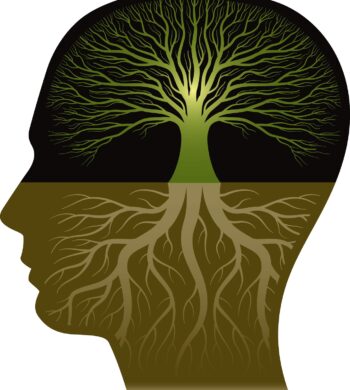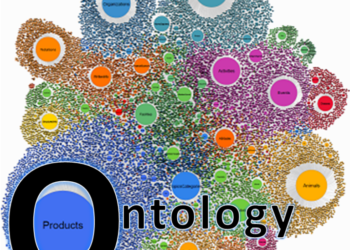| Aims | Objectives | Methods | Outcomes | Outputs |
|---|---|---|---|---|
| To enhance healthcare inclusion in Benin by examining the impact of digital health solutions on healthcare access, focusing on design and usability to improve adoption. | Analyze the current adoption of digital health in Benin, identify barriers to usage, propose design best practices, and create a prototype demonstrating these practices.. | The method includes literature review, gap analysis, cultural context assessment, user behavior studies, interviews, surveys, analysis of existing solutions, prototype development, and user testing. | Increased understanding of digital health adoption barriers, design principles that encourage usage, and actionable insights for designing user-centric digital health solutions. | A clickable prototype exemplifying design best practices for digital health solutions in Benin and a comprehensive report detailing research findings, methodology, and recommendations for future implementations. |
Category: Interaction Design
Navigating the Epistemological Pathways of the research work limited healthcare access in rural communities of Benin
In my master thesis research on the issue of limited healthcare access in rural communities of Benin through eHealth and mHealth solutions, the journey into understanding how knowledge is created, its scope, and its limitations has been enlightening. The primary sources of knowledge for my study have been:
- Empirical Data: This includes quantitative data such as population statistics from the World Bank, healthcare infrastructure details from WHO reports, and digital divide metrics from organizations like the International Telecommunication Union, and the Internet society. Additionally, data from studies conducted in similar contexts, like the mobile phone-based interactive voice response system study in rural Ghana, provides valuable empirical insights.
- Theoretical Frameworks: Tese encompass academic theories and models related to eHealth, mHealth, digital inequality, and healthcare access. These frameworks provide a conceptual foundation for understanding the broader context and potential impact of your solutions.
- Personal Experiences and Cultural Narratives: Insights from local communities in rural Benin, including personal experiences with healthcare access and technology usage, offer a subjective understanding of the loca context. These narratives help tailor solutions to be culturally and contextually relevant.
- Comparative Studies: Research and case studies from similar cultural and geographical settings offer comparative perspectives that can inform your approach and strategy. Yet to be deepened.
I find myself oscillating between theoretical understandings based on concepts and empirical evidence grounded in observations and data. This reflects the complex nature of my research topic, where theories related to digital inequality, healthcare accessibility, and technology adoption in low-resource settings guide my understanding of the broader implications and potential strategies for implementing eHealth solutions effectively. Empirical data, on the other hand, grounds the research in real-world situations. Statistical data on healthcare infrastructure, digital access in rural areas, and case studies or research findings from similar contexts (like the study in rural Ghana) were relevant in the empirical approach. They provide me ith concrete examples of how eHealth and mHealth solutions have been implemented and their impact, allowing me to assess the feasibility and potential effectiveness of such solutions in the context of rural Benin.
However, I am acutely aware of the limitations in my approach. Given that my background and perspective could potentially color my interpretation of the research. For instance, a tendency to focus heavily on technological solutions, possibly overlooking non-technological factors crucial for healthcare access in rural areas, my entrepreneurial experience may influence my approach towards innovative, market-driven solutions. and as a designer, there might be preconceived notions about user experience that don’t fully align with the realities of rural populations in Benin.
To mitigate these biases, I will incorporating diverse perspectives into my research, like for example engaging with local communities to understand their needs and preferences, and collaborating with professionals from various fields like healthcare, sociology, and anthropology.
Image source: https://research-methodology.net/research-philosophy/epistomology/
Exploring the Ontological Foundations of the research work limited healthcare access in rural communities of Benin.
In my exploration of the issue of limited healthcare access in rural communities of Benin through eHealth and mHealth solutions, I’ve delved deep into understanding the nature of reality as it pertains to this subject. This journey has led me to confront fundamental questions about the existence and essence of the phenomena I am researching.
One crucial question I’ve faced is whether the elements of my research exist as objective facts, independent of individual perceptions, or if they are subjective constructs, shaped by personal experiences and cultural influences. My assumption leans towards both a subjective and an objective standpoint, influenced by my understanding of the situation.
- Objective Standpoint: There are concrete data and observable realities of healthcare access in rural Benin. This includes the quantifiable data on population demographics, healthcare infrastructure deficits, and digital divide metrics. my approach here relies on objective, measurable facts, such as the statistics from the World Bank or the WHO and the metrics that lead to the implementation of the ARCH program in Benin.
- Subjective Standpoint: On the other hand, subjective aspect emerges when considering the cultural context, user experiences, and personal narratives. The interpretations of how rural communities perceive and interact with healthcare technology, influenced by cultural and social factors, bring in a subjective element. On the subjective viewpoint I recognized that these perceptions and experiences are shaped by individual and cultural lenses.
Incorporating both theoretical and empirical knowledge enhances my understanding of the topic. Theoretical frameworks provide a conceptual base to understand the broader issues of eHealth and mHealth, including their potential in addressing healthcare disparities. Empirical data, such as studies conducted in similar cultural contexts like the Ghanaian study, offer practical insights and validate the applicability of these solutions in real-world settings.
Potential biases and limitations in my approach might include cultural biases in interpreting data or the application of solutions that may not be fully adaptable to the unique context of rural Benin. Recognizing these biases is crucial for navigating into a culturally sensitive setting. Of course, my methodology should account for these limitations by including diverse perspectives and adapting solutions to fit the local context.
I foresee that, integrating both the objective and subjective elements, the research can provide a comprehensive understanding of how eHealth and mHealth solutions can be designed and implemented effectively in the unique context of rural Benin.
This ontological stance has significant implications for how I approach my research. It frames not only the kinds of questions I ask but also the methods I employ to seek answers.
Source of image: https://enterrasolutions.com/ontology-power-understanding/
Exposé Master Thesis
This exposé for my Master’s thesis was written over the last few weeks. Feedback loops have helped me to focus more strongly on some things and now I have a pretty clear picture of what I would like to do and what my approach will be like. This is summarized in the following expose:
In the realm of social media dominance, Instagram stands out, particularly among teenagers. However, beneath the facade of a seemingly happy virtual world lies a range of issues affecting well-being. The constant evolution of Instagram compounds these problems, and the lack of education on responsible social media use for children and teenagers exacerbates the challenges.
While numerous studies have explored the effects of social media, the dynamic nature of Instagram outpaces research efforts. Privacy concerns related to teenagers on social media have been examined, but a critical gap exists—a dedicated study on a modified Instagram version for this demographic. The goal is to address the lack of guidance on navigating this digital space during crucial developmental stages.
The central question guiding this master’s thesis is: How can a modified version of Instagram be designed specifically for teenagers, providing a platform that retains essential functionalities while minimizing toxic features? The objective is to facilitate a safer and age-appropriate transition to the full version of the app.
The hypothesis posits that Instagram can indeed be redesigned for a more positive and user-friendly experience, while still maintaining its popularity. The methodological approach involves an extensive review of existing studies, conducting surveys among teenagers and parents, defining requirements for a teenage Instagram app, and ultimately designing a prototype. An innovative addition to the methodology is the use of card sorting with teenagers to prioritize features that are deemed important for a positive and engaging Instagram experience.
Drawing from various sources such as studies, books, videos, interview protocols, and prototype design tools, the research is grounded in the belief that modifications are necessary to accommodate to the unique struggles teenagers face with social media. The anticipated timeline outlines key milestones, spanning from research and interviews to prototype development, testing, and the finalization of the thesis.
Desres Blog #7
@Birgit Bachler
Research Planing Matrix: “Aim: change color of car black”

Joke aside.
Research Matrix for the relaunch of the digital university hub

Impulse #6
Online webinar by Fairygodboss [1]
Recently I watched a webinar hosted by Fairygodboss [2], featuring women leaders from Siemens Digital Industries Software. Fairygodboss is an online community designed for women to share their experiences, ask for advice, and get resources to help in navigate challenges in the professional sphere. The focus was on supporting young women in their career start and development.
The leaders from Siemens Digital Industries Software started by talking about diverse roles available for women within their organisation and talked about what main features those have. What I think was helpful within this webinar, which women can use, was them talking about how they started looking for a job after graduating. Four women professionals were talking about the details of their jobs, how they were being interviewed, and what challenges they had. They also advised on what questions are important to be asked during interviews, what should be prepared, etc. During the webinar, mentorship appeared as a crucial topic in the area, as many women feel too intimidated when it comes to their proficiency and/or knowledge.
In conclusion, this webinar was a helpful experience, as it not only showed guidance for women in the professional sphere but also the importance of such platforms.
The evolution of master’s thesis topic idea
Being on a journey of searching for the right topic and question for my master’s thesis that I would want to explore was quite difficult for me because there were different things and ideas, that were interesting to me, and a lot of thoughts about them on my mind. For me the important part of it was to have something that matters and would be helpful as well.
What helped me to “clean up” all my thoughts and confusion was the last meeting with Ursula Lagger and after that, I decided to focus more on what outcome or experience I would want to provide for others with my idea. Based on the research I did and also on the previous ideas I had, I decided to work with the question: How does participation in a women-centric career empowerment platform influence career advancement, job search, and satisfaction among women?
With this, I hope to explore what experience women have when starting their careers, what helped to build careers for those who are already working; show the positive changes that occur when women support and empower each other and create a supportive environment in the professional sphere.
Design & Research Blog Post Assignment
Ontology:
- What assumptions are you making about the reality of the phenomena or issues you are researching?:
1. Women face challenges when entering the professional world.
2. The transition from academia/university life to work one is overwhelming. - Do you view these as objective facts (existing independently of individuals’ perceptions) or as subjective constructs (shaped by personal experiences and cultural influences)?:
I think for both cases it is a combination of both.
Epistemology:
- What are the primary sources from which you will or have derived knowledge about your research topic (e.g., empirical data, theoretical frameworks, personal experiences, cultural narratives)?:
Empirical data (surveys, interviews, etc.), theoretical framework + probably my own experience as well - Consider if your understanding is mainly theoretical (based on concepts) or empirical (based on observations or data):
Empirical, since information from surveys and/or interviews will provide real-life examples, experiences, and ideas for solutions. - Identify any potential limitations in your understanding or approach. Reflect on how your background or perspective might influence your interpretation of the research:
To my mind, a person’s (in this case my own) professional background might influence the interpretation of the research because these depend on a person’s previous experiences, studies they did, and collected knowledge as well. Previous background and cultural differences as well may affect how a person thinks, solves problems, and their way of going through the process.
Impulse #6_100 Things Every Designer Needs to Know About People
Continuing my journey of reading through the most popular design literature (previously read: Hooked by Nir Eyal and The Design of Everyday Things by Don Norman), I looked at 100 Things Every Designer Needs to Know About People by Susan Weinschenk.
I found this book to be rather an amalgamation of many other design resources. In that way, it’s a quick, very visual guide to many design basics. However, I felt this repetitiveness made it less useful for anyone even a little familiar with design. The 100 things ranged from the very familiar (ex. 9. “People believe that things that are close together belong together”) to the less familiar, and more nuanced (ex. 74. “Stories and anecdotes persuade more than data alone”). I still found this book to be a good refresher on some basic points, offering food for thought and helpful data points to return to.
Impulse #5_The Design of Everyday Things by Don Norman
For this impulse, I read the first chapter of The Design of Everyday Things by Don Norman. This book is considered by many to be the bible of interaction and industrial design, and although I have read bits and pieces over the years, I can’t say I have ever read it cover to cover. In an earlier post, I wrote about my desire to keep one foot behind me, reaching back to the basics of design to build strong theoretical and methodological foundations as I work on my thesis. Reading this book is a big part of that. I am planning on reading the entire book, but for this post I will highlight the first chapter, entitled “The Psychopathy of Everyday Things”.
This chapter first introduces “Norman doors”, or doors without clear signifiers on how to open them. From there, Norman continues with an analysis of all the ways the objects in our life do and do not work for us, and why this happens. Norman touches on his past as an engineer, noting the tendency of engineers to be overly logical and fail to understand and anticipate human behaviour as it actually is, rather than how it would be in an idealized world. Similarly, designers can fail to anticipate the response to their designs by believing that every user has the same conceptual model as they do. Norman also laments the rising complexities in our technologies, citing watches with too many buttons whose functions are not obvious and his own fridge with incredibly misleading hardware. At the end of the chapter, Norman imagines how technology will only become more powerful, and if not designed well, more frustrating to use.

